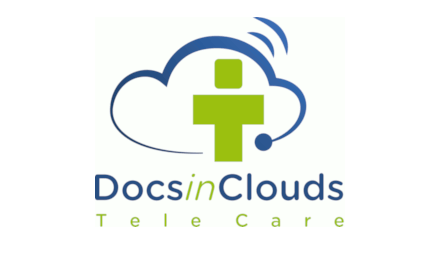Project description

Motivation
German civil protection is always needed in the event of a warlike attack on the civilian population or if the federal states need and request further support due to a cross-border disaster situation. Civil protection situations are always characterised by a large number of injured persons, also known as mass casualty incidents. Their care requires an increased number of material as well as human resources, which are not always sufficiently available on site, especially due to the increasing shortage of doctors. Telemedicine makes it possible to connect paramedics on site with telemedicine specialists remote, who support the diagnosis and guide the treatment up to the delegation of medical measures, such as the administration of medication. Telemedicine can also be used to advise and support the doctors on site.Goals and procedure
Attacks on the civilian population and thus civil protection situations are often characterised by explosions and/or the use of hazardous substances. As a result, primarily thermal-traumatic injuries and symptoms triggered by biological, chemical or radioactive-nuclear hazardous substances (CBRN) are to be expected. In this case, the protection of the emergency forces is taken into account by CBRN protective clothing, which at the same time places special demands on the technology for telemedicine. In the TeleSAN project, different possibilities for integrating telemedicine into disaster medicine are being developed and the feasibility of telemedicine in civil protection is being tested on the basis of these. To this end, three mobile and semi-stationary systems are being developed for use in the Federal Medical Task Force (MTF) for civil protection.

An app is available to all paramedics. In addition to telemedicine, this is intended to offer further possibilities to support the management of the situation, for example by embedding guidelines.
Smart glasses enable telemedicine via built-in cameras, as well as the display of different guidelines and algorithms to support decision-making by paramedics.
In the treatment centres, a semi-inpatient system is planned that, in addition to the technical audio and video connection to the tele-senior EMS physician, also supports the treatment of patients by recording and transmitting vital parameters.
Innovation and Perspectives
The technical systems will make it possible to use telemedicine in the black area in CBRN protective clothing as well as in the white area in order to compensate for the lack of medical resources on site and thus improve patient care.The Scenario
In the event of a civil protection incident, an audio and video connection is established between an paramedic and a tele-senior EMS physician using the available technology. After a short transmission of the most important information, the physician takes the lead in diagnosing the patient and guides the paramedic in carrying out the necessary diagnostic steps. In the treatment centres, additional technical components are available that enable the direct transmission of vital parameters. Outside the treatment centres, the paramedics are responsible for collecting this data. After the diagnosis has been made, an adapted treatment is carried out. In this process, the physician also guides the paramedic and can also delegate invasive and medical measures, such as the insertion of an intravenous line or the administration of medication. The measures are based on so-called SOPs (Standard Operation Procedures), which were developed for civil protection cases and must be adapted to the level of training of the paramedics. Medical measures are thus not only possible by the medical personnel on site, but also by the tele-senior EMS physicians, and better patient care is expected.
Contact us!
Project coordination
Uniklinik RWTH Aachen
Anaesthesiology Clinic
Acute Care Innovation Hub
Vaalserstraße 460
52074 Aachen
info@telesan.de
Our Mission
The project refers to BBK Notice No. 03/2019 "Optimised disaster medical care for injured persons in civil defence situations through the use of telemedicine - a feasibility study" of 08.04.2019.
The project refers to BBK Notice No. 03/2019 "Optimised disaster medical care for injured persons in civil defence situations through the use of telemedicine - a feasibility study" of 08.04.2019.
Copyright © 2021 by Docs in Clouds








